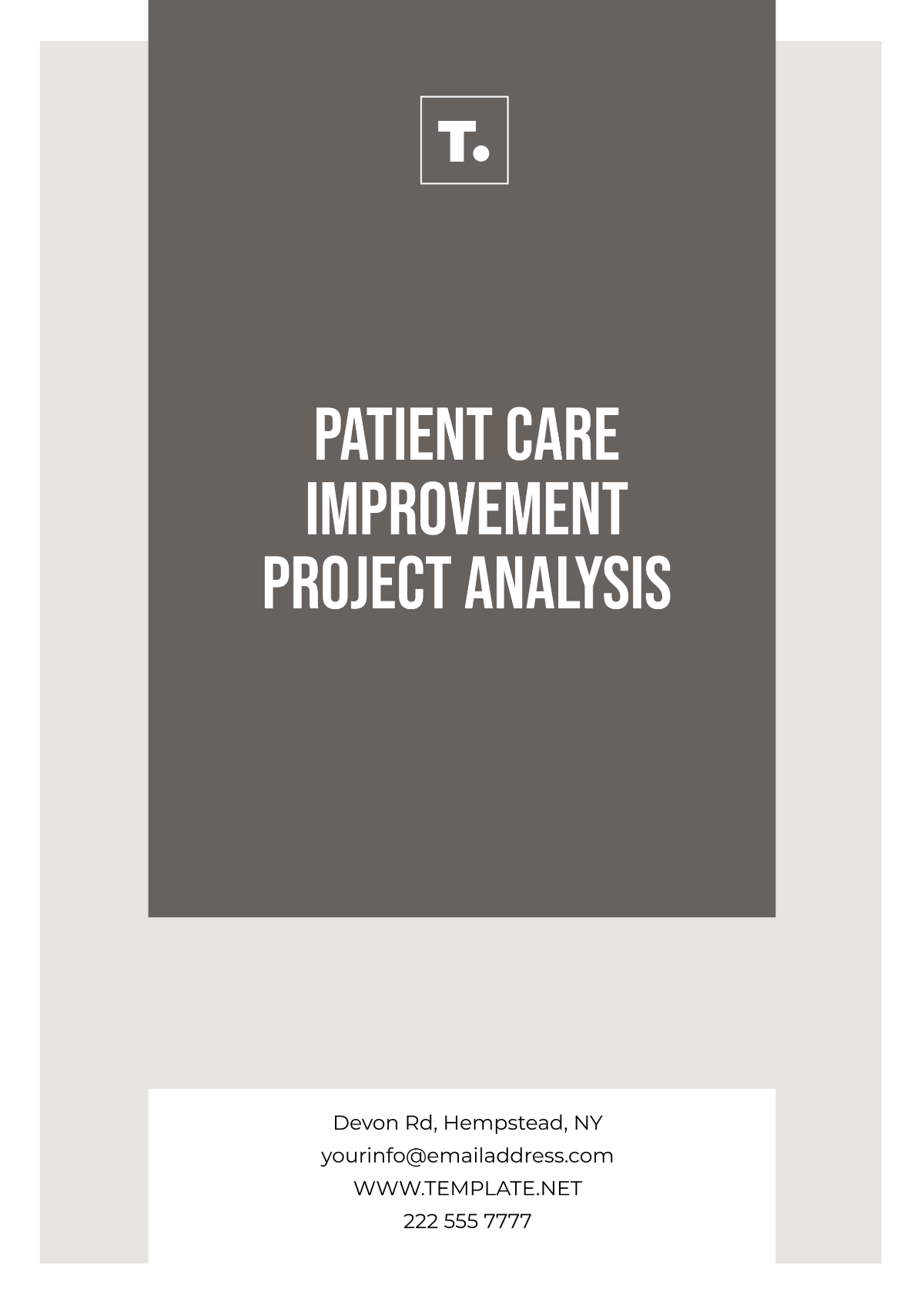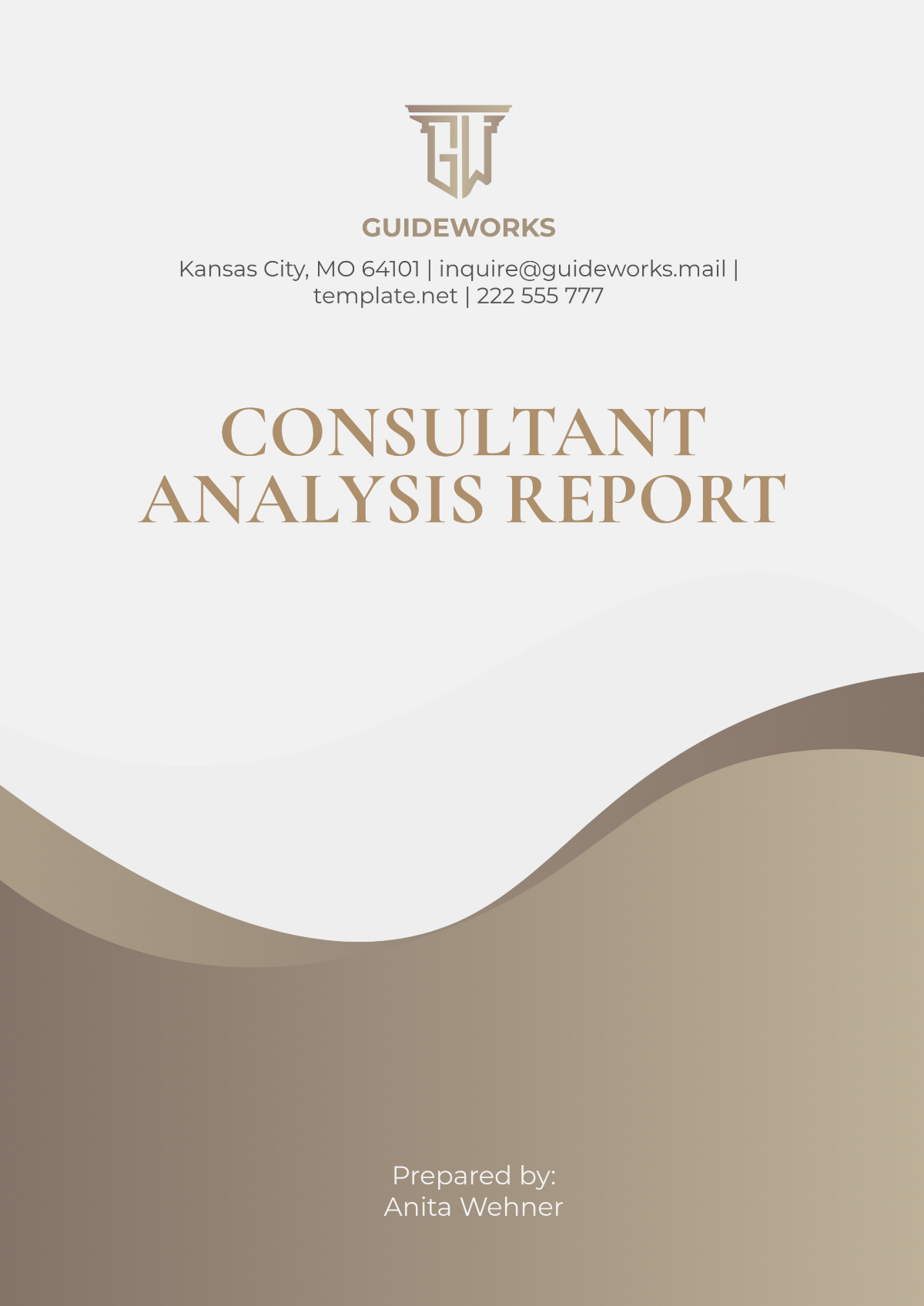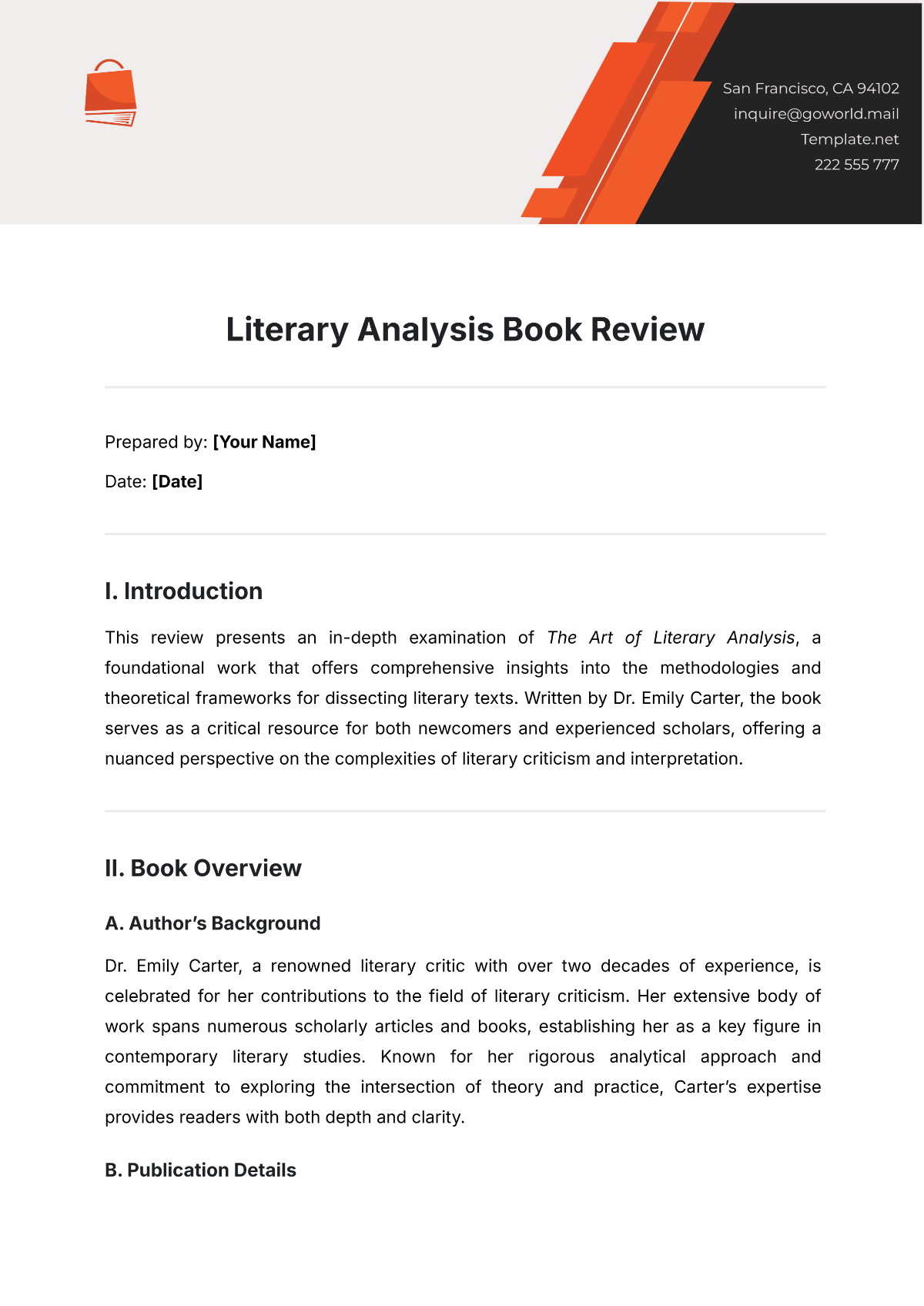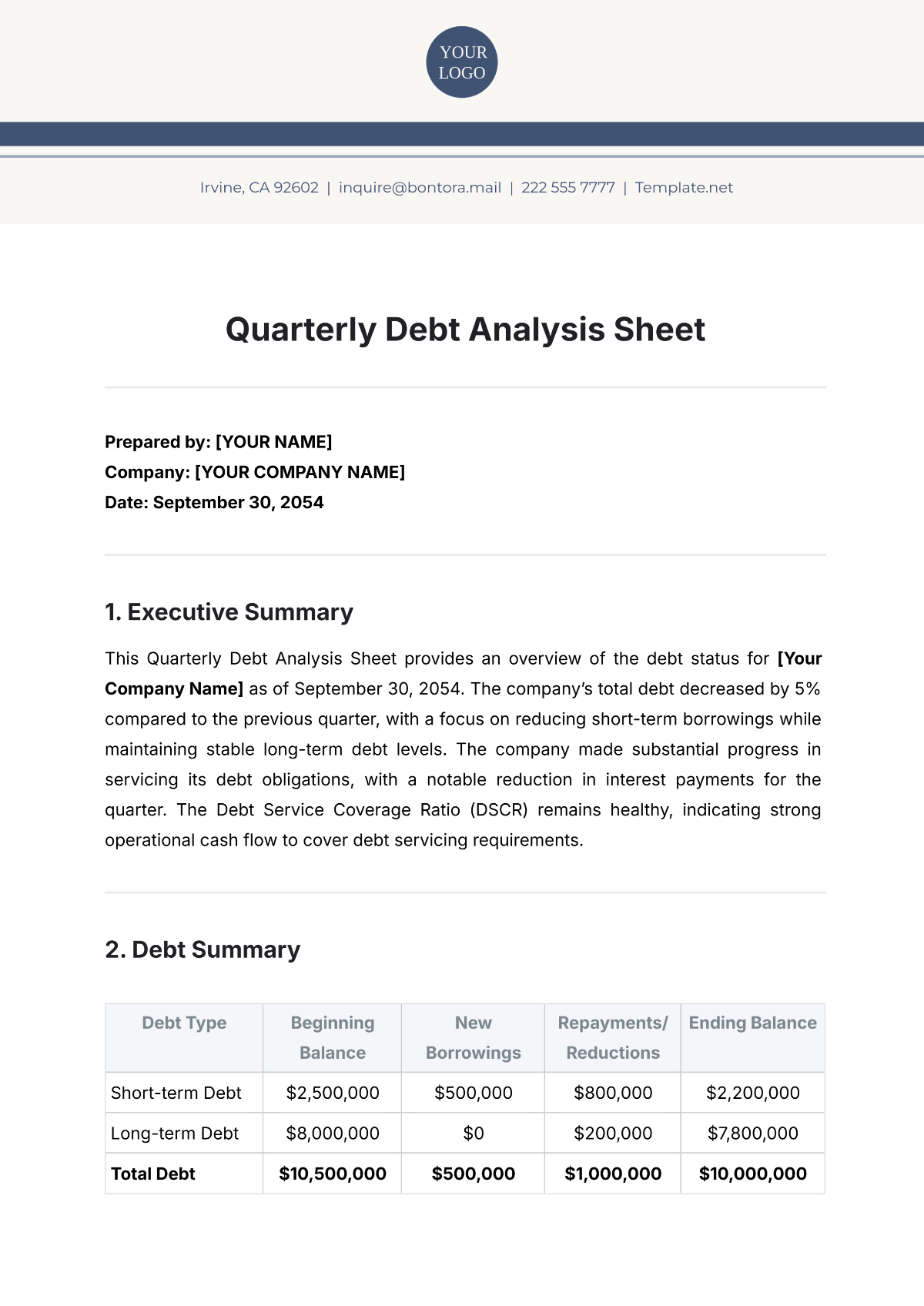Observational Study Analysis
Prepared By: [Your Name]
I. Introduction
Observational studies provide valuable insights into various phenomena without the need for direct intervention by researchers. By observing and analyzing natural behaviors, patterns, or trends, these studies can uncover correlations and insights that might not be apparent through experimental methods. In this observational study, the primary focus is on the analysis of workplace productivity concerning environmental factors.
Study Objective
The goal of this observational study is to investigate how various environmental factors within the workplace influence employee productivity. Key environmental factors considered include:
Lighting conditions (natural vs. artificial)
Noise levels
Office layout (open plan vs. private offices)
Temperature and humidity
Access to natural elements (e.g., plants, windows with views)
Hypothesis
We hypothesize that workplace environments with natural lighting, moderate noise levels, comfortable temperatures, and access to natural elements will correlate with higher productivity among employees compared to those without these conditions.
II. Methods
Study Design
This study was designed as a non-interventional observational study conducted across several office locations, each with varying environmental conditions. Data were collected over three months using a combination of direct observation, productivity tracking, and environmental measurement tools.
Sampling
Study Participants: 100 employees across five office locations
Selection Criteria: Employees working in similar job roles (e.g., software development, data analysis, administrative tasks) to maintain consistency in work
Office Environment Variation: The five locations differed in terms of lighting, noise levels, layout, and access to natural elements.
Data Collection
Data were gathered through the following methods:
Productivity Measurement: Employees' productivity was measured using task completion rates, time to completion, and self-reported assessments.
Environmental Assessment: Environmental factors such as lighting, noise levels, temperature, and access to nature were measured using specialized tools such as light meters, sound meters, and temperature gauges.
Surveys: Participants completed surveys regarding their perception of their productivity, job satisfaction, and workplace comfort.
Data Analysis
Data were analyzed using correlation and regression analysis to determine the relationship between environmental factors and productivity outcomes.
III. Results
Environmental Factors Overview
Table 1 below provides an overview of the environmental factors observed in each office location.
Office Location | Lighting | Noise Level | Temperature (°C) | Access to Nature | Office Layout |
|---|---|---|---|---|---|
Office A | Natural & Artificial | Low (40 dB) | 22 | Plants, windows | Private cubicles |
Office B | Artificial (fluorescent) | High (65 dB) | 25 | None | Open-plan |
Office C | Natural | Moderate (50 dB) | 21 | Windows, outdoor area | Mixed (private + open) |
Office D | Artificial | Low (42 dB) | 24 | None | Private offices |
Office E | Natural | High (70 dB) | 23 | Plants | Open-plan |
Productivity Levels
Table 2 presents the average productivity scores across the five locations, measured by task completion rates and self-reported assessments on a 10-point scale.
Office Location | Task Completion Rate (%) | Self-Reported Productivity (1-10) |
|---|---|---|
Office A | 85 | 8.5 |
Office B | 60 | 6.0 |
Office C | 88 | 9.0 |
Office D | 75 | 7.5 |
Office E | 70 | 7.0 |
Correlation Analysis
Based on the data, the following relationships were observed:
Lighting Conditions: Offices with natural lighting (Offices A, C, and E) demonstrated higher productivity levels, both in terms of task completion and self-reported productivity. A strong positive correlation (r = 0.85) between natural lighting and productivity was noted.
Noise Levels: There was a negative correlation (r = -0.75) between noise levels and productivity. Offices with lower noise levels (Offices A and D) had higher task completion rates compared to those with high noise levels (Offices B and E).
Access to Nature: Offices with access to natural elements, such as plants and windows (Offices A, C, and E), showed higher productivity scores than those without (Offices B and D), with a correlation coefficient of r = 0.68.
Office Layout: The data showed that private office layouts (Offices A and D) resulted in slightly higher productivity levels than open-plan offices (Offices B and E), with a modest correlation (r = 0.42).
Regression Analysis
To further understand the predictive power of environmental factors on productivity, a multiple regression analysis was conducted. The results are summarized in Table 3.
Environmental Factor | Regression Coefficient (β) | P-value | Significance |
|---|---|---|---|
Natural Lighting | 0.72 | 0.001 | Significant |
Noise Level | -0.63 | 0.005 | Significant |
Access to Nature | 0.58 | 0.012 | Significant |
Office Layout (Private) | 0.30 | 0.048 | Marginally Significant |
The regression analysis revealed that natural lighting and noise levels are the strongest predictors of productivity, while access to nature also contributes significantly. Office layout was found to be a less significant factor in this particular study.
IV. Discussion
Key Findings
This observational study provides valuable insights into the relationship between environmental factors and workplace productivity. The findings support the hypothesis that certain environmental conditions—particularly natural lighting, lower noise levels, and access to nature—are positively associated with higher productivity.
Natural Lighting: The presence of natural light had the strongest positive impact on productivity. Employees in offices with windows and exposure to sunlight consistently reported higher satisfaction and were more efficient in completing tasks.
Noise Levels: High noise levels were strongly associated with reduced productivity. In open-plan offices with higher ambient noise (Offices B and E), employees reported difficulty focusing, which was reflected in lower task completion rates.
Access to Nature: The presence of plants or views of outdoor environments was also linked to higher productivity. This suggests that even subtle connections to nature can improve employee well-being and performance.
Office Layout: The effect of office layout on productivity was less pronounced than expected. While private offices were slightly more conducive to productivity than open-plan layouts, the impact was not as significant as lighting and noise.
Practical Implications
The findings of this study have several practical implications for workplace design:
Maximizing Natural Light: Employers should prioritize office spaces with access to natural light or invest in daylight-mimicking artificial lighting systems to improve productivity.
Managing Noise Levels: Open-plan offices should incorporate noise-canceling solutions, such as soundproof partitions, quiet zones, or the provision of noise-canceling headphones for employees.
Incorporating Natural Elements: Simple additions like plants or strategically placed windows can boost employee productivity and well-being, especially in otherwise sterile office environments.
Considering Mixed Layouts: Rather than choosing between open-plan and private offices, hybrid layouts that offer both collaborative spaces and quiet areas may be more effective in balancing the need for focus and communication.
V. Conclusion
This observational study demonstrates that environmental factors play a critical role in shaping workplace productivity. Organizations seeking to improve employee performance should consider the importance of natural lighting, managing noise levels, and incorporating elements of nature into office design. These factors, when optimized, create a more comfortable and productive work environment for employees.
By understanding and leveraging these insights, businesses can foster a more efficient and satisfied workforce, which in turn can contribute to overall organizational success.
VI. Limitations
Although this study provides valuable findings, several limitations should be acknowledged:
Sample Size: The study included only five office locations, which may limit the generalizability of the results to other work environments.
Subjective Measures: Self-reported productivity may not fully capture actual performance, and further research with more objective measures could strengthen the findings.
Lack of Longitudinal Data: The data were collected over a relatively short time (three months), and long-term trends in productivity were not examined.
Future research should address these limitations by expanding the sample size, extending the study duration, and exploring additional environmental factors that may influence productivity.
VII. Recommendations for Future Research
To build on the findings of this study, future research could:
Investigate the long-term effects of environmental factors on productivity over a longer period.
Explore the impact of additional variables, such as air quality, ergonomic design, and digital distractions, on workplace performance.
Study different industry sectors and job types to see how these findings translate across various work environments.
VIII. References
Smith, J. A., & Brown, R. (2022). The Impact of Workplace Environment on Employee Productivity. Journal of Occupational Psychology, 18(3), 213-230.
Taylor, P. L., & Green, H. (2020). Noise and Focus: How Open Plan Offices Affect Work Output. Journal of Environmental Psychology, 12(4), 187-199.
Johnson, R. K., & Wills, E. B. (2021). Natural Light and Work Performance. International Journal of Workplace Studies, 7(2), 145-162.

















































